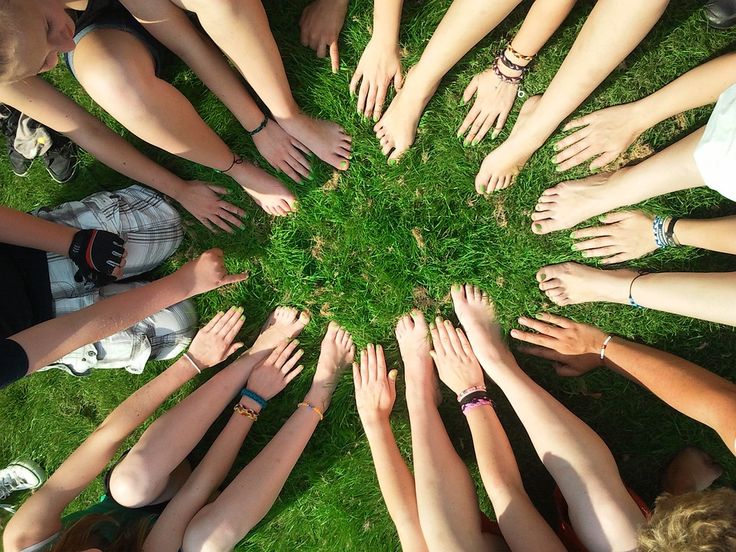Understanding Culture and Society: Exploring the Interplay Between Traditions and Modernity
Culture and society are deeply interconnected, influencing and shaping each other in countless ways. Culture encompasses the beliefs, values, traditions, and practices that characterize a group of people, while society refers to the organized group of individuals who share these cultural elements. Exploring how culture and society interact can provide valuable insights into how our world functions and evolves. In this post, we’ll delve into the key aspects of culture and society and their impact on our lives.
1. What is Culture?
Culture refers to the shared practices, customs, and social behavior of a particular nation, people, or social group. It includes everything from language and religion to cuisine, art, and social norms. Culture shapes our worldview and influences our behavior and interactions.
- Cultural Components: Key components of culture include language, religion, art, cuisine, social norms, and values. Each component contributes to the unique identity of a group or society.
2. The Role of Society
Society is a group of individuals who share a common geographic location, culture, or social structure. It functions as a network of relationships and institutions that support the daily lives of its members. Society provides a framework for social interactions and helps maintain order and cohesion.
- Social Institutions: Key social institutions include family, education, religion, economy, and government. These institutions play a significant role in shaping individuals’ roles and responsibilities within society.
3. Cultural Diversity
Cultural diversity refers to the presence of multiple cultural groups within a society. Embracing cultural diversity enriches societies by introducing new perspectives, traditions, and practices. It fosters mutual understanding and respect among different cultural groups.
- Benefits of Diversity: Exposure to diverse cultures can lead to increased creativity, innovation, and problem-solving skills. It also promotes tolerance and reduces prejudice.
4. Cultural Change and Adaptation
Culture is not static; it evolves over time as societies adapt to new influences, technologies, and challenges. Cultural change can occur through processes such as globalization, migration, and technological advancements.
- Examples of Change: The rise of digital technology has transformed communication practices and cultural exchange. Globalization has led to the blending of cultural practices and the spread of cultural products across borders.
5. The Impact of Globalization
Globalization refers to the process by which businesses, cultures, and governments become interconnected and interdependent. It has significant implications for both culture and society, leading to increased cultural exchange and integration.
- Positive Effects: Globalization can promote cultural awareness and cooperation, enhance economic opportunities, and facilitate the sharing of knowledge and ideas.
- Challenges: It can also lead to cultural homogenization, where dominant cultures overshadow local traditions, and create economic inequalities.
6. Social Norms and Values
Social norms are the unwritten rules that govern behavior within a society, while values are the beliefs and principles that guide those behaviors. Both norms and values play a crucial role in maintaining social order and cohesion.
- Influence on Behavior: Norms and values influence how individuals interact with each other and how they perceive and respond to societal issues.
7. Cultural Identity and Belonging
Cultural identity refers to the sense of belonging to a particular cultural group. It provides individuals with a sense of purpose and connection to their heritage. Cultural identity is often expressed through traditions, rituals, and communal activities.
- Importance of Identity: A strong cultural identity can enhance self-esteem, foster community bonds, and provide a sense of continuity and stability.
8. Social Change and Movements
Social change refers to the transformation of cultural and social institutions over time. Social movements often drive this change, advocating for issues such as civil rights, gender equality, and environmental protection.
- Impact of Movements: Social movements can lead to significant societal shifts, challenge existing norms, and promote justice and equality.
9. Cultural Exchange and Influence
Cultural exchange involves the sharing of cultural elements between different groups. It can occur through travel, trade, migration, and media. Cultural exchange can lead to the blending of traditions and the creation of new cultural forms.
- Examples: The global popularity of cuisines, music, and fashion from different cultures illustrates the impact of cultural exchange.
10. Respect and Understanding
Respect for cultural differences and understanding the complexities of societal structures are essential for fostering harmonious relationships and promoting social cohesion. Engaging with diverse cultures and perspectives can broaden our horizons and enhance our ability to navigate a multicultural world.
- Practical Tips: Educate yourself about other cultures, engage in open-minded conversations, and participate in cultural events to build mutual respect and understanding.
Conclusion
Culture and society are dynamic and interwoven, continually shaping and reshaping our world. By exploring and appreciating the diverse elements of culture and understanding the role of societal structures, we can foster greater empathy, innovation, and unity in our increasingly interconnected world. Embracing cultural diversity and respecting social norms are key to creating a more inclusive and harmonious global community.









